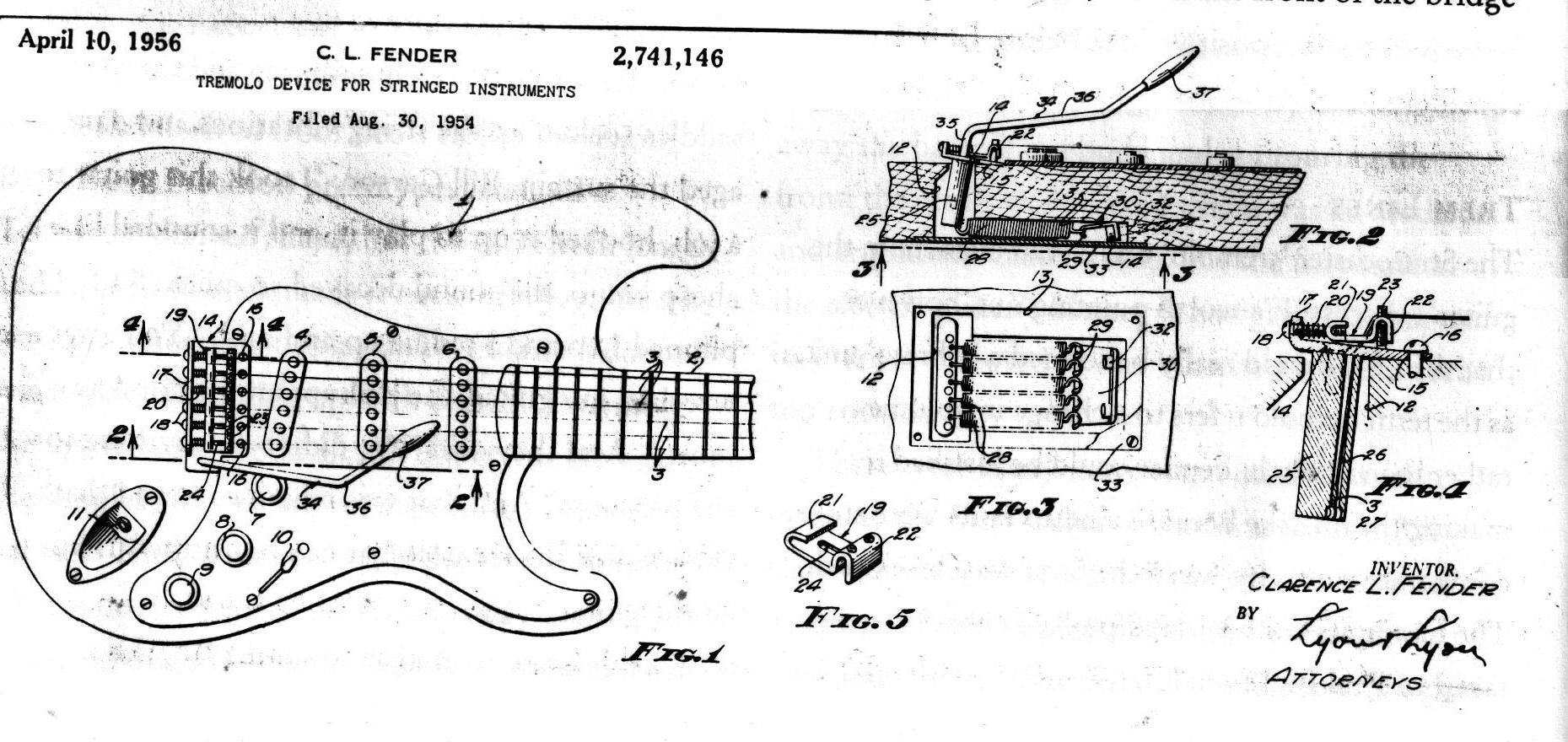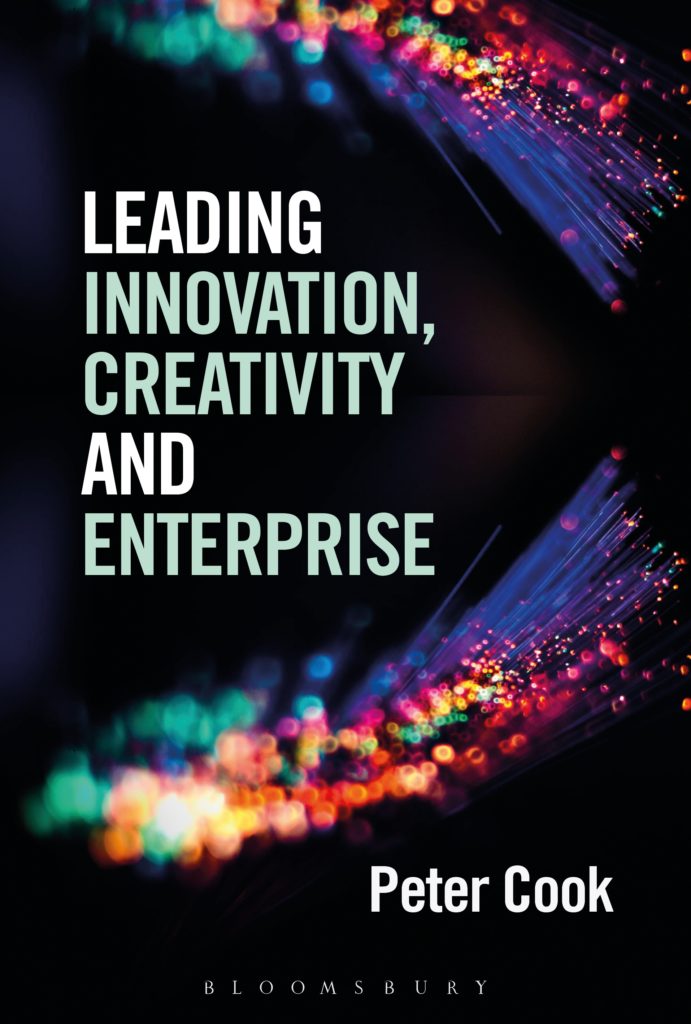Real world product and service design seek to bring together form and function in ways that emphasise product/service features so that they convert to real and perceived customer benefits.
There is often a great deal of redundancy in the design process and all good innovation seeks to minimise waste within the iterative process that leads from ideas to innovation. This case study looks at the guitar as a means of learning wider lessons for innovators and design thinkers.
One of the key weaknesses of early electric guitars was the fact that the necks warped, causing them to play out of tune. The prevailing paradigm of the major guitar manufacturers at the time was that guitars must be made only from wood for good tone, resonance etc. Leo Fender challenged this paradigm by designing a guitar that was made from two separate pieces of wood (the neck and body).
He did the unthinkable by attaching the neck to the guitar using four wood screws, challenging the quasi-religious viewpoint at that time, that guitars could only be made from wood by craftsmen.
Fender’s two-piece design meant that if the neck warped, it could simply be removed and replaced. At the same time, he introduced an adjustable ‘truss rod’ along the length of the neck. This effectively provided a steel reinforcement to the neck and made it possible to apply tension to the neck when it started to warp.
As a result of the truss rod, the necks hardly ever needed replacement. Thus the bolt-on neck was hardly ever needed. Nevertheless, Fender’s bolt-on neck became the dominant design for many years to come. He also introduced a number of innovations within the design, such as:
- A contoured body, which gave the guitar a futuristic appearance as well as perfect balance and easier access to higher notes, blending function with form.
- Later on, a five-position tone switch and tremolo arm was added, which gave the guitar its characteristic ‘twang’ sound beloved of groups like The Shadows. It is entirely possible that we would not have had ‘surf music’ without these innovations. Jimi Hendrix also took the whole business of guitar playing on to a new level using the Fender Stratocaster.

Importantly Fender introduced these innovations without conducting extensive market research, focus groups and the like, demonstrating that market research cannot always tell you about unknown needs. His designs have subsequently been proved to be intuitively correct over 60 years.
Whilst there have been many incremental adjustments to the guitar since this time, for example, new materials, electronics improvements, few, if any changes have successfully challenged the fundamental innovations which Leo Fender introduced. Don Randall and Bob Perine at Fender were also supreme innovators in marketing and the product branding ensured that the Fender Stratocaster has become a sustainable innovation in the face of extreme competition.

A sustainable innovation – you can burn a Fender Strat and it still works!
Design is itself an iterative process and one modification can have unexpected effects on the overall function of the product or service. Many design features are therefore redundant in terms of end-user benefits. Just think how many options the average domestic washing machine has versus how many are actually used.
A consequence of this is that people involved in innovation must be prepared to let go of things that are found not to contribute to the overall ambition and practical value of the product. In practice, this is hard to do, as inventors often feel passionate about their inventions, whereas the needed quality for innovation is a dispassionate view of customer wants and needs. An unemotional outlook is also of value when you are trying to gain acceptance for new ideas within companies.
The lessons from Fender may be summarised:
- Great design combines form and function.
- Market research cannot always tell you about new product innovation. Fender did plenty of research one on one with dealers, salesmen, musicians, etc. but it did not rely on market research like a crutch.
- Design is insufficient to ensure your innovation diffuses into the market. You need to be great at marketing your products as well.
This article is an extract from Peter Cook’s forthcoming book “Leading Innovation, Creativity and Enterprise”, available from Bloomsbury.

Article by channel:
Everything you need to know about Digital Transformation
The best articles, news and events direct to your inbox
Read more articles tagged: Featured, Innovation







